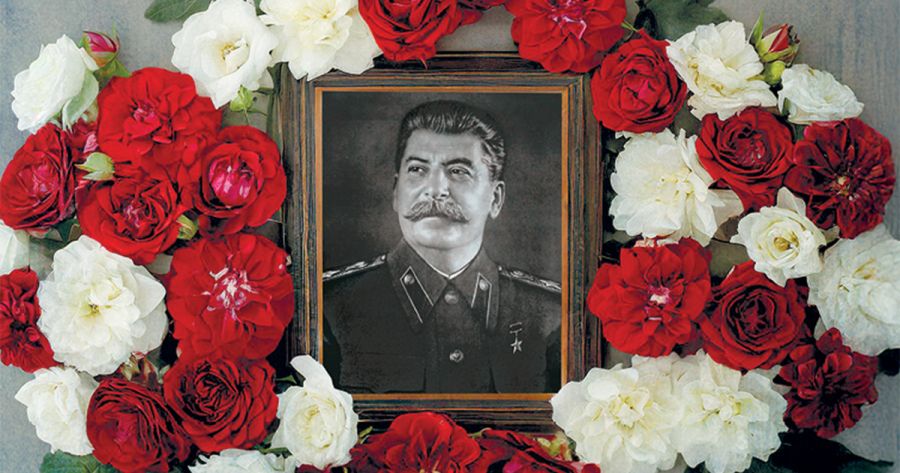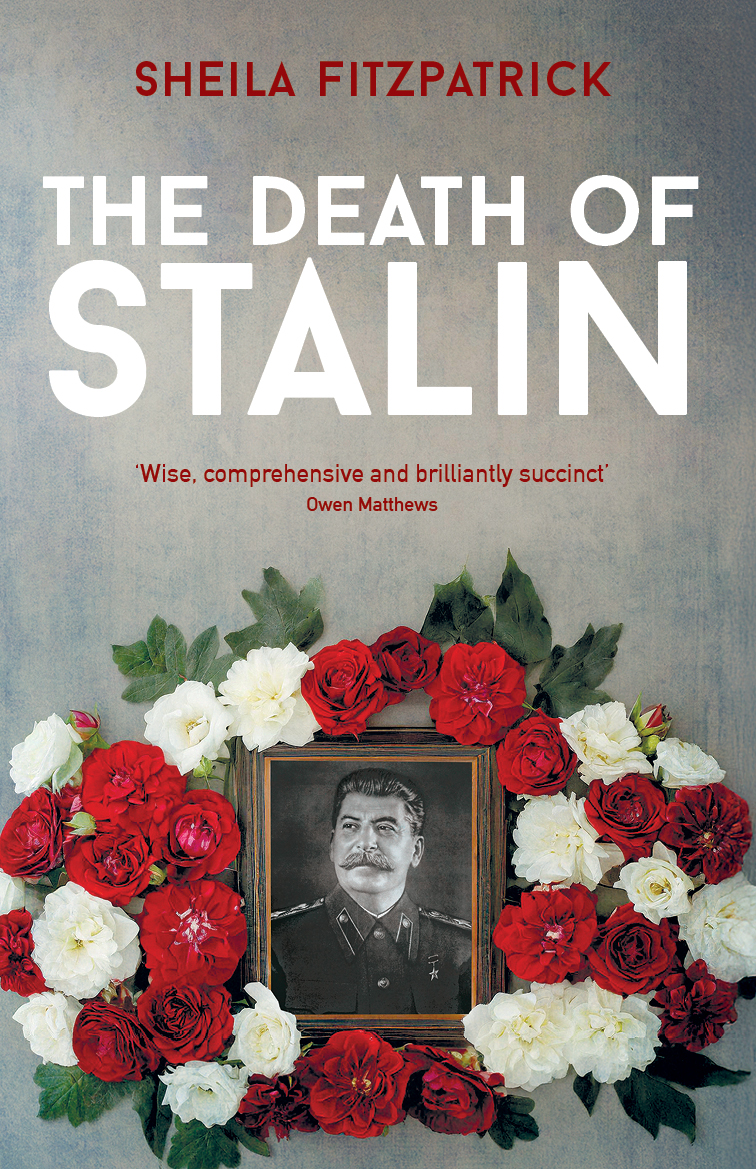
- Free Article: No
- Contents Category: Russia
- Review Article: Yes
- Article Title: Still with us
- Article Subtitle: A little history of a major Russian figure
- Online Only: No
- Custom Highlight Text:
In the quick-scroll world of soundbites and ‘shorts’, academic professionals must pack their expertise into a concise form, writing ever shorter narratives. Sheila Fitzpatrick, an eminent Australian scholar of everything Soviet, delivers in shorthand. Her little book focuses on a single aspect of one person’s life with Joseph Stalin’s death.
- Book 1 Title: The Death of Stalin
- Book 1 Biblio: Black Inc., $27.99 pb, 128 pp
- Book 1 Cover Small (400 x 600):

- Book 1 Cover (800 x 1200):

- Book 1 Readings Link: https://www.readings.com.au/product/9781760645090/death-of-stalin--sheila-fitzpatrick--2025--9781760645090#rac:jokjjzr6ly9m
Fitzpatrick’s swift tour de force demonstrates her subject’s natural talent, even wit. Joseph was, after all, a regional graduate who found his way into Lenin’s inner circle. His steel was cast in prison stints, then in the violent cauldron of the Russian Civil War.
Throughout, it was polished by self-education, voracious reading, and a keen interest in the world – even if filtered through a Marxian lens. Fitzpatrick observes: ‘In power, Lenin was no more interested in cooperating with other revolutionaries than he had been out of it.’ Stalin followed suit.
Stalin’s finest early political moments took place during the internecine party quarrels of the 1920s, following Lenin’s death. He double-crossed and then triple-crossed, snagging his team a major role at the table. A revolutionary could choose whether to focus on the intellectual domain or the sphere of direct violent action. Stalin did both.
Moving very quickly through World War II, Fitzpatrick reaches 1953, the year of Stalin’s death after suffering a stroke. Stalin’s red court members did not plan nor execute his death – the record is clear on that. Their sorrowful vigil at the dictator’s deathbed was chaotic.
Procuring physicians was difficult: recently branded as professional poisoners, Kremlin doctors with Jewish ancestry had been arrested. Russian doctors proved meek and hesitant to help. Lavrentiy Beria, the dark chief of equally dark internal affairs, had to command them to take the leader’s hand for examination. Fitzpatrick writes: ‘The situation at the dacha was settling into the black comedy vein that Armando Iannucci would brilliantly exploit seven decades later in his film The Death of Stalin.’
Before his death, Stalin had been eaten by paranoid suspicions, hence his violent combing of the inner circle. Years of total loyalty did not translate into safety. Even the top people could always be permanently removed. Fitzpatrick’s description of the very complex lives and lies of top Bolsheviks during the fateful days of March 1953 (and later) reveals the logic behind decades of sycophantic scheming.
Fitzpatrick shows how quickly they scuttled about for posts and portfolios in the aftermath of Stalin’s death, half-relieved that the titanic pressure was off, half-scared about who would emerge now. ‘Where did you get the idea that I was devoted to him?’ uttered one member of Team Stalin, Lavrentiy Beria, to his son.
In a way, it was a repetition of the 1920s and its complex game of chess. Back then, Stalin became an unlikely winner. Fitzpatrick unpacks the process of quick-paced Bolshevik Machiavellianism that delivered Nikita Khrushchev, not Beria, to the top position. Beria was promptly ousted and executed.
In The Death of Stalin, Fitzpatrick evaluates how his death and its aftermath shaped the following decades of Soviet power. Now dead for seventy-odd years, Stalin’s memory continues to shape Russian domestic discourse under Vladimir Putin, Fitzpatrick suggests.
Rarely was there a dictator who annihilated swaths of his own people with such diligence. And yet, considerable numbers of people in Russia today revere Stalin. Fitzpatrick helps explain this phenomenon by noting that ‘superpower status in a bipolar world was a once-in-a-millennium highlight of Russian history, and Stalin was the man at the top when it happened’.
In mid-May, the Moscow subway station Taganskaia unfurled a refurbished high relief, originally installed in 1950 and removed in 1966, with Stalin’s figure as the centrepiece. Even amid wartime censorship and the deepening self-censorship that is now underway, a debate took place in the media about the merits of this.
This latest episode demonstrates that Stalin is still with us, and the value of Fitzpatrick’s book in trying to understand that enduring presence. It does not seem that anybody can lay Stalin to final rest yet.


Comments powered by CComment